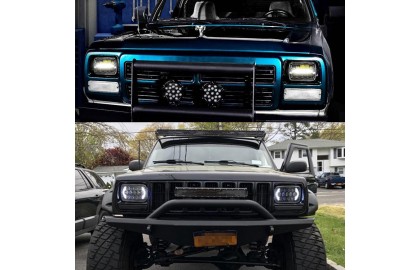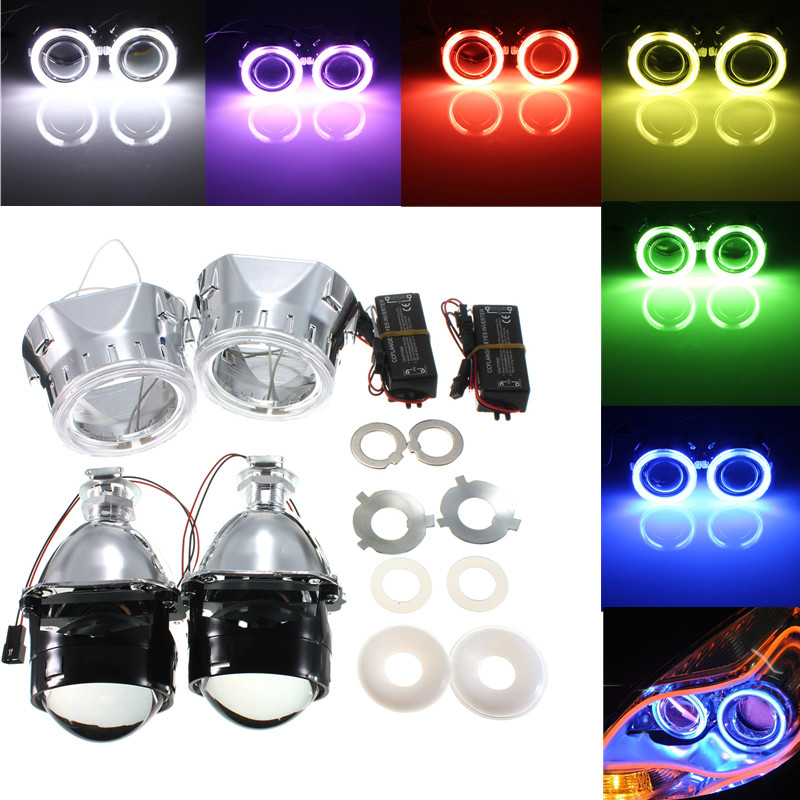Reject the darkness, self-test the lighting effect of car headlights


Reject the darkness, self-test the lighting effect of car headlights
In the century-long development of automobiles, the light source of headlights has also changed several times, from halogen to xenon, to the popular LED now, and the laser headlights under development, all in pursuit of better lighting quality.
Automobile headlight is a component that integrates functionality, safety, ornamental value and configuration value. It is a popular and highly concerned point in all aspects. However, the test of lighting effects is still in the world. Not common, only the IIHS in the United States has just added the light test.
In recent years, with the increase in the number of cars, traffic accidents caused by drivers being unable to see the road conditions due to insufficient lighting at night have attracted more attention from car owners, but because of the lack of sufficient understanding of car lighting, is it necessary to There has been no standard for upgrading car lights, that is, car owners feel that they cannot see the road clearly, or that driving at night is dangerous due to the lighting, so they think of upgrading the car lights, so as not to endanger the safety of driving at night due to lighting, what is there? What are the methods or standards to measure whether it is necessary to upgrade the lights of your car?
The evaluation of lighting effects, the whiteness and brightness of the car lights that everyone usually says, is evaluated intuitively by the naked eye, but sometimes it is found that the seemingly bright lights are actually not as effective as expected, resulting in this. There are many reasons for the result. In addition to the brightness of the bulb, it also includes the design of the reflective structure, the difference in the combination of near and far beams, the combination of different bulbs and reflective structures, and the complexity of functions will also cause different effects. Therefore, in addition to subjective In addition to feeling, it is also necessary to use objective data as a reference.
And whether the brightness is in place is only one of the elements. Whether the illumination range is ideal is more important. The lighting depth, width, and opposite glare will directly affect the safety of yourself and other vehicles. Therefore, we need to restore the scene to evaluate the lighting. And make a comprehensive evaluation from both data and subjective aspects to understand the actual lighting effect of the headlights.
1. The maximum irradiation distance of low beam straight line
Drivers driving at night to observe the road conditions in front of the car are very limited by the effect of light illumination. The farther the light is illuminated, the earlier obstacles can be found, and there is sufficient time to take measures to avoid risks. The low beam irradiation distance is the index that most directly reflects the effect of the low beam lighting. Measure the distance between the 10 lx position (the brightness of the energy-saving lamp 15W) and the front of the car on the three lines of the lane boundary and the center line, and the test height is 20cm.
2. 30-meter straight-line irradiation intensity of low beam
The best low beam irradiation distance is 30-50 meters. The lowest value is 30m for testing, and the extension line 30m away from the front of the vehicle is selected to test the illuminance values on both sides of the lane and the center line, so as to evaluate the irradiation effect at this position, and the test height is 20cm.
3. Low beam lateral detection capability (low beam width)
Refer to the situation that most drivers drive at night with low beam lights, the field of view is reduced to about 20m in front of the front of the car, and the braking distance of the car at 60km/h is about 15m, so choose the extension line 20m and 10m away from the front of the car to measure the illuminance The value is 5 lx (illumination intensity, the number of lumens per square meter) and the distance from the center line of the lane to evaluate the width of the low beam, and the test height is 50cm.
4. High beam irradiation range
Since the illumination distance of the left and right sides of the high beam is basically the same and very far away, only the distance between the position with an illumination value of 10 lx on the center line of the lane and the front of the vehicle is measured. The driver can clearly distinguish obstacles with this illumination value with the naked eye. Therefore, this distance is used to evaluate the range of high-beam straight-line irradiation, and the test height is 50cm.
5. Near and far beam dazzle test
Driving at night will inevitably encounter the scene of passing cars. Some drivers do not turn off their high beams when they meet. Park a car on the opposite lane 50m in front of the test vehicle. The tester sits in the driver's position of the irradiated vehicle and uses his eyes to check the far and near beam glare of the test car and make a subjective evaluation.
